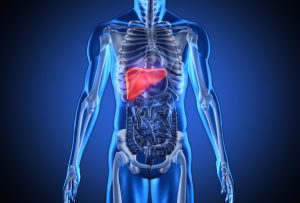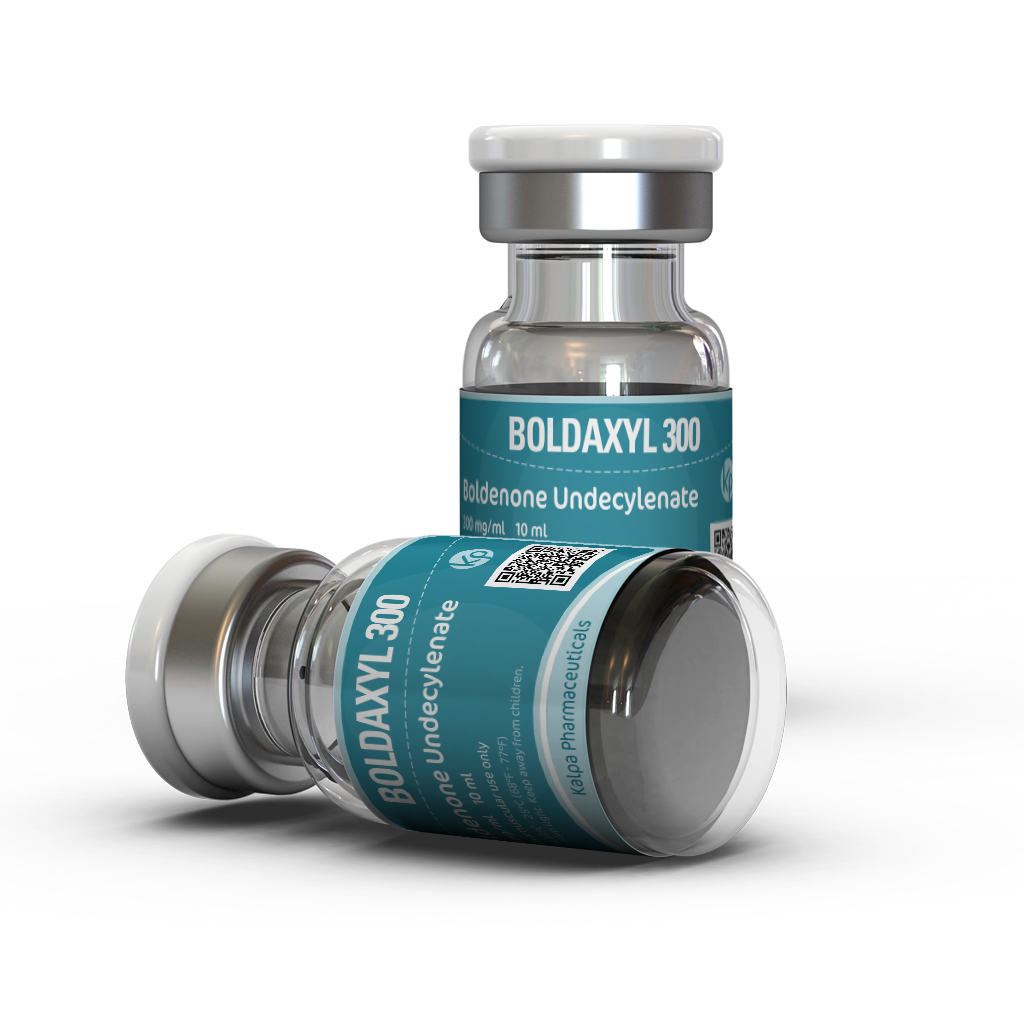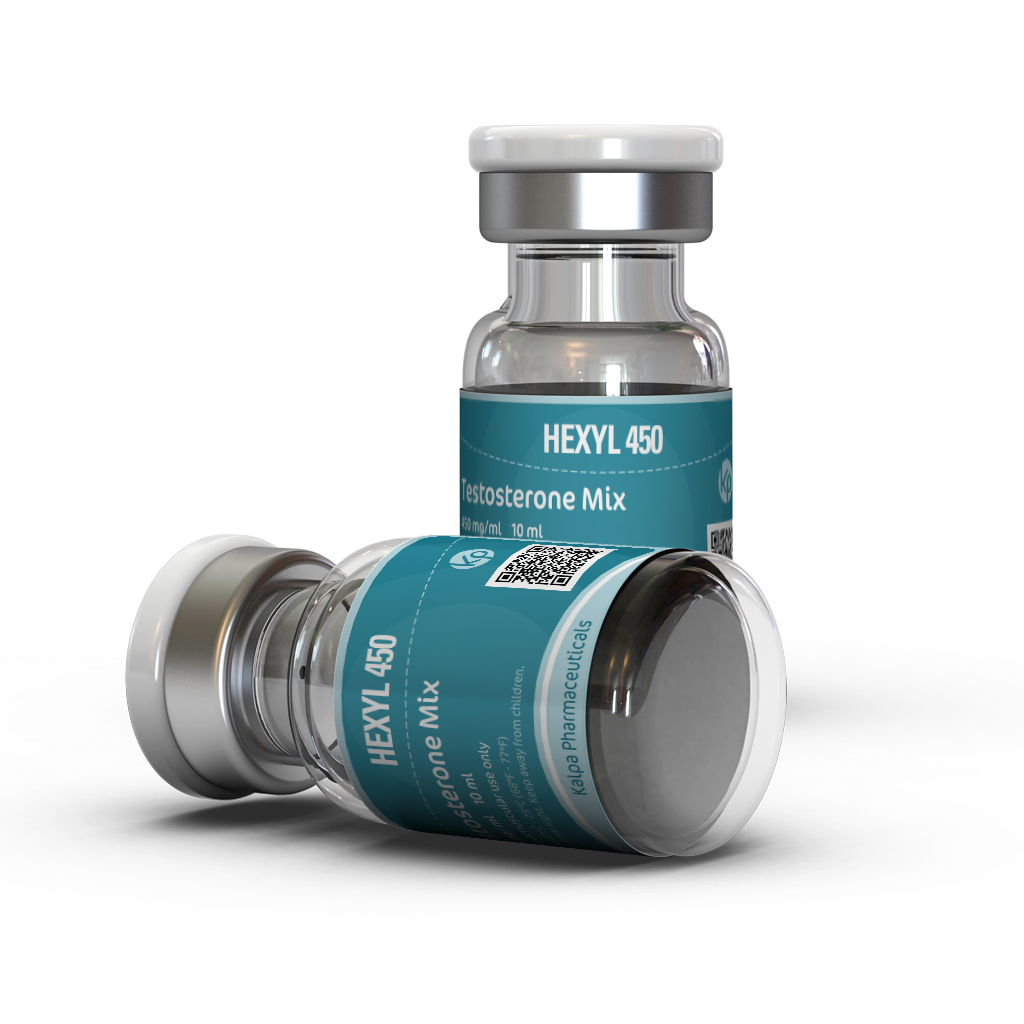 What Are Liver Function Tests? on Muscles Building Blog
What Are Liver Function Tests? on Muscles Building Blog
Doctors may order liver function tests as a way to check a person’s liver for injury, infection, or disease. They’re a type of blood test, and they’re usually (but not always) done as a group. You may hear your doctor refer to these tests by their medical name, hepatic function panel or liver profile.
If your liver isn’t working properly, it can affect your overall health. That’s because the liver plays lots of different roles the body, such as storing fuel from food, making proteins the body needs, and helping to remove toxins.
Your doctor may send you for liver function tests if you have signs of liver disease — including jaundice (yellowish skin or eyes), dark urine, nausea, vomiting, or abdominal (belly) pain or swelling.
Your doctor may order liver function tests to help diagnose a viral infection involving the liver (like mono or hepatitis, for example) or to look for possible effects of cancer or other diseases on the liver. Doctors also use liver function tests to monitor people who are taking medicines that might cause liver-related side effects.
Several different tests are in the liver function panel. Your doctor may order one, a couple, or all of these tests. The good news is you should only need to get blood taken once. The lab uses the same blood sample to run all the tests.
The different tests that make up a liver function test are:
Alanine aminotransferase (ALT, also known as SGPT). This enzyme plays a role in processing proteins. When the liver is injured or inflamed, levels of ALT in the blood usually rise.
Aspartate aminotransferase (AST, also known as SGOT). This enzyme is found in several body tissues, including the liver. Like ALT, AST also plays a role in processing proteins. If the liver is injured, the body releases AST into the bloodstream.
Alkaline phosphatase (ALP). This enzyme is found in several body tissues, including the liver. Kids and teens normally have higher levels of ALP than adults because of bone growth. But ALP levels that are higher than normal can be a sign of liver diseases or blocked bile ducts.
Total bilirubin and direct bilirubin. Bilirubin is a byproduct of the normal breakdown of red blood cells. It usually passes through the liver and is flushed from the body. But if that doesn’t happen due to a liver disease, bilirubin levels in the blood can rise and the skin can take on the yellow discoloration known as jaundice. Tests for bilirubin may be total (measuring the level of all of the bilirubin in the blood) or direct (measuring only bilirubin that has been processed by the liver and attached to other chemicals).
Albumin and total protein. Liver function tests include measuring albumin (the major blood protein produced by the liver), as well as the total amount of all proteins in the blood. When there’s a problem with the liver, there can be changes in the amounts of albumin and other proteins it produces.
Post Footer automatically generated by Add Post Footer Plugin for wordpress.


